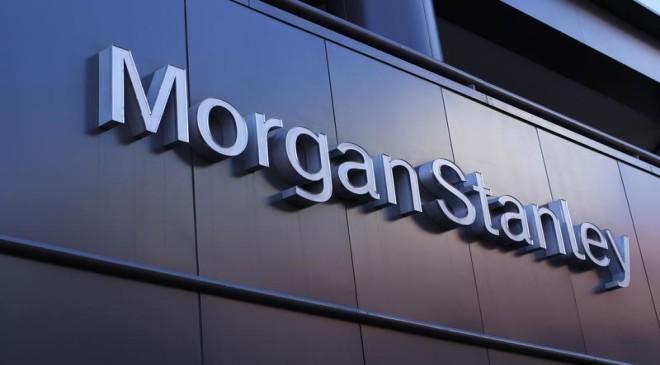NEW DELHI: India’s current economic growth rate, driven by a surge in investments, is similar to the period between 2003 and 2007 when the country witnessed an average growth rate of over 8 per cent, as per economists at Morgan Stanley.
In their report titled ‘The Viewpoint: India – Why this feels like 2003-07’, Morgan Stanley highlighted capex as a key driver of growth in India.
The ongoing cycle is characterized by a focus on investment over consumption, with public capex leading initially and private capex catching up rapidly. Urban consumers are driving consumption growth, followed by an increase in rural demand.
Read More: Fueling A Hole In Pocket: Petrol Costliest In Andhra Pradesh & Kerala; MP, Bihar Close Behind
Additionally, India’s market share in global exports is on the rise, while macroeconomic stability risks are being managed effectively.
One of the key features of the current expansion is the increase in the investment-to-GDP ratio. In the 2003-07 cycle, this ratio rose from 27 per cent in Fiscal Year 2003 to 39 per cent in Fiscal Year 2008, reaching a peak.
After a period of stagnation, the ratio has now started to rise again, touching 34 per cent of GDP and is expected to further increase to 36 per cent by Fiscal Year 2027.
During the 2003-07 period, the capex boom led to enhanced productivity, job creation, and income growth. The rise in employment also contributed to an increase in savings, with the savings-to-GDP ratio climbing from 28 per cent in Fiscal Year 2003 to 39 per cent in Fiscal Year 2008.
Read More: OpenAI’s Sam Altman may sign Abu Dhabi’s richest to invest in his semicon business
In terms of economic performance, India witnessed an average GDP growth of 8.6 per cent and an average headline CPI inflation of 4.8 per cent during the 2003-07 period.
The current account balance remained within a comfortable range, fluctuating between 2.8 per cent and -1.4 per cent of GDP on a 4-quarter trailing sum basis.
Even during external shocks like the spike in oil prices to $145 per barrel in July 2008, the current account deficit only widened slightly to 2.4 per cent of GDP in the subsequent quarter.
The growth in Gross Fixed Capital Formation (GFCF) in India saw a significant acceleration from 8.2 per cent in 2002 to 17.5 per cent in 2004, maintaining a robust pace of 16.2 per cent growth in 2005-07. During this period, fiscal deficit was controlled, banking sector issues were addressed, and the economy was poised for an upswing in capex.
In the current cycle, real GFCF growth remained strong at 10.5 per cent in the October-December period, surpassing the pre-Covid average of 9.6 per cent in 2017-18.
Read More: Flipkart Valuation Declines By Over Rs 41,000 Crore In Two Years
Public capex has been the primary driver of this growth, as the corporate sector dealt with previous shocks that impacted investment. With corporate profits improving and early signs of private capex gaining momentum, the landscape is evolving.
The focus on supply-side reforms by policymakers has led to a rise in real government fixed capex growth from Fiscal Year 2020. This emphasis on capex-driven growth can enhance productivity, create employment opportunities, and maintain a balanced current account.
Morgan Stanley emphasizes the importance of public sector investments in infrastructure projects to pave the way for private sector growth by addressing supply-side constraints.
These long-term investments are seen as crucial for stimulating private capex and ensuring sustainable economic growth.





































